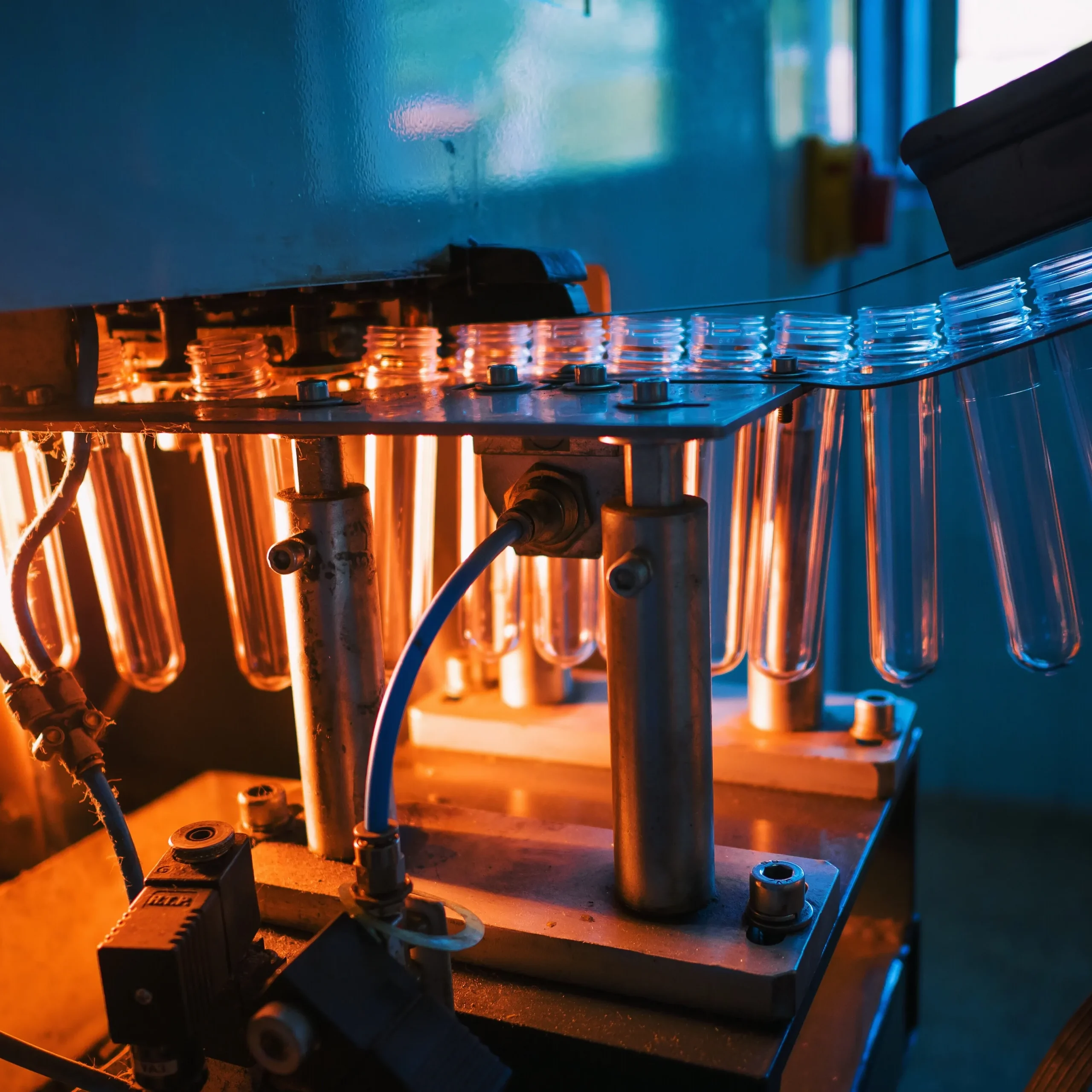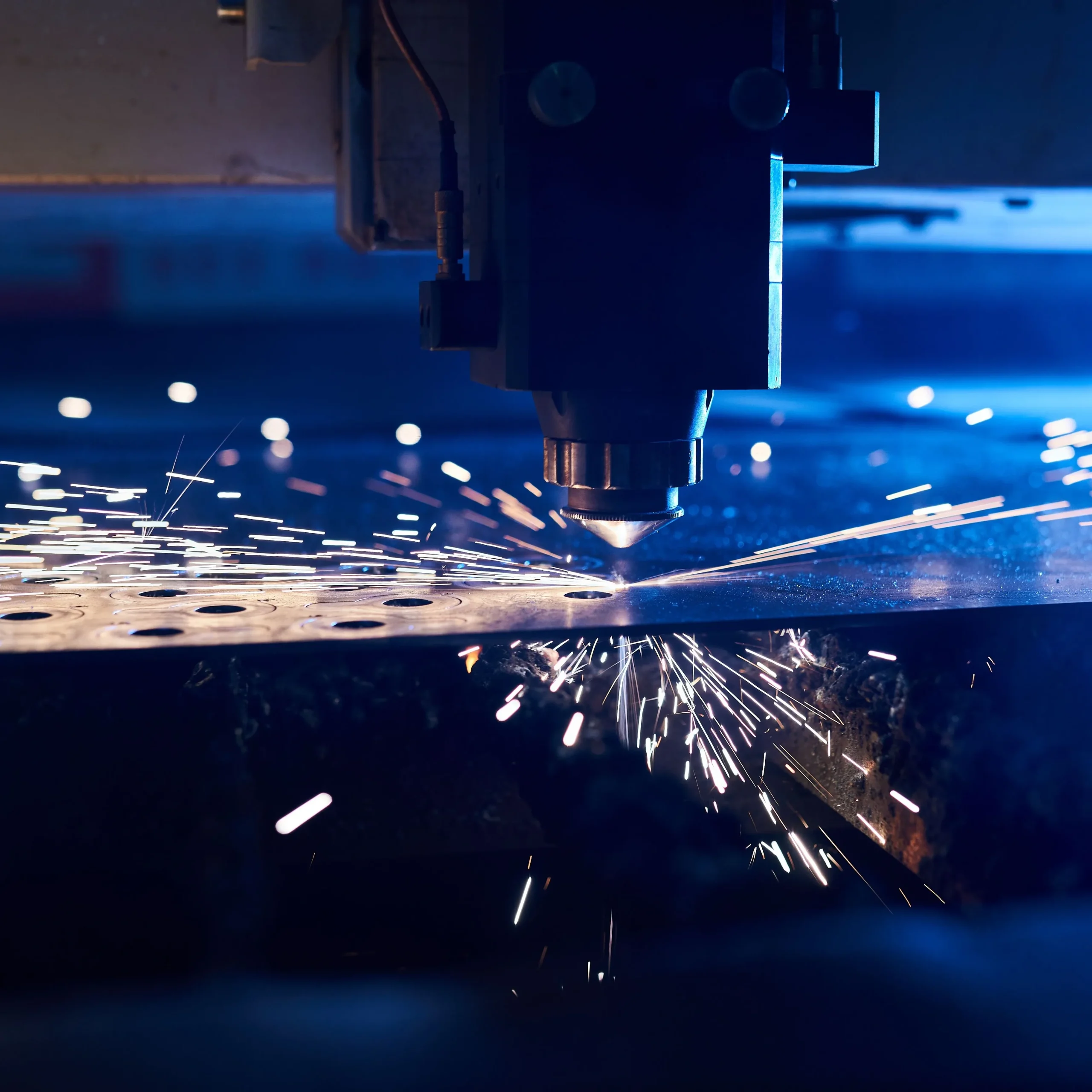Modern manufacturing inspection vision systems demand uncompromising speed, accuracy, and up-time. Whether you are inspecting printed circuit boards on a surface-mount line, validating bottle fill levels on a beverage plant, or tracking fine defects on lithium-ion battery electrodes, the heart of any reliable multi-camera installation is the multi-camera frame grabber. The frame grabber not only captures massive data streams from multiple high-resolution cameras but also synchronizes them, buffers them, and delivers them to the host CPU or GPU with deterministic latency.
KAYA Vision offers an extensive portfolio of frame grabbers engineered for just this task. This guide explains how to choose the optimal solution for your production line and shows why KAYA Vision frame grabbers, such as the Komodo III family and Predator II, are setting new benchmarks in performance and flexibility.
Understanding the Inspection Line Challenge
A manufacturing inspection line usually combines several area-scan or line-scan cameras positioned at different angles. Typical requirements include:
- Aggregate data rates well above 20 Gb/s.
- Precise microsecond-level synchronization between cameras, encoders, and strobes.
- Real-time pre-processing to off-load host CPUs.
- Long cable runs or fiber connectivity to cope with factory layouts.
- Scalable deployments that grow from a single station to dozens of cameras.
The frame grabber you select can make or break these goals. A purpose-built multi-camera frame grabber must deliver bandwidth headroom today and future-proof capacity for tomorrow’s higher frame rates.
Key Selection Criteria
Before diving into product specifics, rank the following attributes for your application:
- Interface Standard – CoaXPress, CoaXPress-over-Fiber, Camera Link HS, or traditional Camera Link.
- Scalability – How many links per camera and how many cameras per board?
- Host Throughput – PCIe 3.0 ×8 can sustain roughly 6.9 GB/s, while PCIe 2.0 ×8 peaks near 3.4 GB/s (PCIe 2.0 ×4 is closer to 1.7 GB/s).
- On-Board Memory & Processing – Sufficient DDR buffers and FPGA resources for color conversion or data reduction.
- I/O Flexibility – Differential, TTL, opto-isolated lines for triggers, encoders, and general PLC communication.
- Software Ecosystem – GenICam compliance, Linux and Windows drivers, and bindings for Python or C++.
KAYA Vision’s product range was architected around these very parameters, enabling you to pick a board that matches your inspection cell without compromises.
Interface Technologies Explained
Choosing an interface is the first fork in the road.
- CoaXPress-over-Fiber (CoF) brings the simplicity of CoaXPress to distances of many kilometers. Each SFP+ link on the Komodo III CoF card carries 10.3125 Gb/s, and up to four links can be aggregated to 41.3 Gb/s.
- Camera Link HS (CLHS) is optimized for deterministic, low-latency transfers with high noise immunity. Komodo III CLHS and Predator II CLHS-compatible grabbers fully embrace this standard.
- Legacy Camera Link remains common in brown-field equipment. KAYA Vision offers direct upgrade paths so you can modernize throughput while retaining Camera Link compliance.
When extensive cable runs, EMI-heavy environments, or absolute throughput are the top priorities, fiber wins. When cost optimizations and backwards compatibility matter most, copper may still suffice.
KAYA Vision Frame Grabbers for Multi-Camera Lines
The following boards dominate multi-camera manufacturing inspection vision tasks:
Komodo III Quad CoaXPress-over-Fiber
With PCIe 3.0 ×8 connectivity, a 4 GB DDR4 buffer, and four SFP+ CoF ports, this flagship board ingests an aggregated 41.3 Gb/s. You can connect four synchronized area-scan or line-scan cameras, each running at 10 Gb/s, or gang four links to a single ultra-fast 100 MP sensor. Factory integrators often exploit the board’s twenty configurable I/O lines to tie directly into strobe lights, motion encoders, and reject gates without additional PLC hardware.
Komodo III Quad Camera Link High Speed Compatible
If your cameras speak CLHS, this member of the Komodo III family delivers the same physical design, PCIe 3.0 ×8 performance, and 4 GB memory. It is an easy drop-in for production lines upgrading from legacy Camera Link Full to link speeds above 10 Gb/s. Built-in FPGA processing lets you perform color conversion or line decimation before the data ever reaches your GPU, a huge benefit when neural networks already tax host resources.
Predator II Single Camera Link HS Compatible
Its low-profile PCB, PCIe 2.0 ×8 electrical interface, and 7 W power draw make Predator II ideal for edge PCs or embedded enclosures. While it handles a single CLHS camera, you can populate multiple boards in one PC for incremental scaling or use it to off-load an auxiliary inspection view—such as a barcode reader or alignment camera—without replacing your main grabber.
Collectively, these KAYA Vision frame grabbers cover every inspection topology from single-sensor stations to massive 16-camera arrays stitched across multiple PCs.
Practical Configuration Walk-Through
Let’s consider a real use case: a PCB assembly line needing four 12-MP color cameras at 300 fps for solder-joint inspection. Each camera produces roughly 3 GB/s of raw data (12 MP × 3 bytes × 300 fps). Your aggregate is 12 GB/s. A single Komodo III Quad CoaXPress-over-Fiber handles this easily:
- Assign one CoF link per camera.
- Enable on-board color space conversion to RGB8.
- Use the card’s integrated quadrature encoder inputs to track conveyor motion, ensuring image capture only when the board is under each camera.
- Route strobe triggers through the LVTTL outputs for perfectly timed illumination.
- Stream data via DMA to a CUDA-ready GPU for AI-based defect detection.
Should throughput double in the future, you simply gang two links per camera or add a second Komodo III in the same PC; frame grabber synchronization ensures all eight cameras remain time-aligned down to the nanosecond.
Checklist Before You Buy
- Confirm peak and sustained bandwidth needs (include overhead for 10-bit or 12-bit modes).
- Map encoder, trigger, and strobe requirements to available I/O lines.
- Check host PC PCIe slot availability and lane width.
- Evaluate cabling distance; choose CoF if runs exceed 40 m or pass through noisy areas.
- Plan for on-board memory size relative to worst-case buffering (e.g., during GPU compute spikes).
- Validate OS and API support for your software stack, especially if deploying Linux or NVIDIA Jetson.
Implementation Tips for Maximum Uptime
Installing a multi-camera frame grabber in a 24/7 factory environment goes beyond plugging the card into a slot.
- Airflow Management – KAYA boards use passive cooling; position fans to maintain steady chassis airflow.
- Deterministic Triggers – Use the grabber’s hardware timers to debounce external triggers and eliminate jitter introduced by PLC networks.
- Firmware Updates – KAYA Vision regularly releases enhancements; schedule maintenance windows to flash the latest firmware and software libraries.
- GPU Direct Transfers – For deep-learning pipelines, enable physical-address DMA so image buffers land directly in GPU memory, trimming latency dramatically.
- Monitoring & Diagnostics – Leverage built-in event counters to spot CRC errors or dropped packets early; integrate SNMP traps or Windows Performance Counters into your SCADA dashboard.
Following these best practices lets you capitalize on the raw power of KAYA Vision frame grabbers while avoiding common pitfalls that lead to downtime.
Why KAYA Vision?
From the start, KAYA Vision engineered its hardware around the realities of factory floors: electromagnetic interference, vibration, and strict space constraints. Cameras such as the Iron 2011E are tested per MIL-STD-810G for shock and vibration, and the frame grabbers adopt the same passive-cooling, wide-temperature design philosophy. With plug-ins for MATLAB, HALCON, Cognex, and LabVIEW, and full GenICam 3.2 compliance, the boards slot seamlessly into new Industry 4.0 initiatives as well as legacy SCADA infrastructures.
More importantly, the unified software SDK means you can prototype with a Predator II today and drop in a Komodo III tomorrow without rewriting your code—a critical capability when product design cycles are measured in weeks, not years.
As inspection vision evolves toward higher-megapixel sensors and faster frame rates, the combination of PCIe 3.0 bandwidth, 4 GB on-board memory, and fiber-based interfaces guarantees that a KAYA Vision solution purchased today will stay relevant far beyond the typical machinery amortization schedule.
Choosing the right frame grabber is a pivotal decision in building a robust manufacturing inspection vision system. By aligning your application requirements with the feature sets of KAYA Vision’s Komodo III and Predator II families, you secure a high-performance, scalable, and future-proof imaging backbone.




